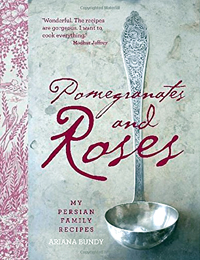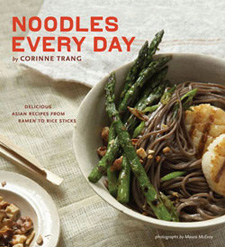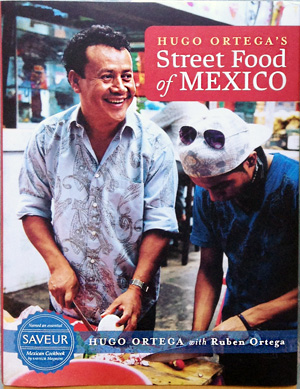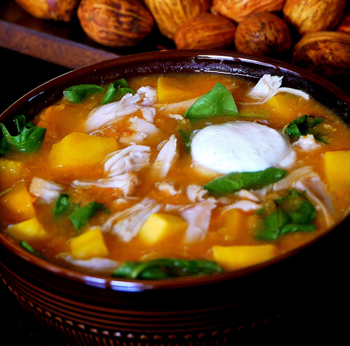 Many Iranians will tell you that breakfast is their favorite meal of the day. No matter how early people have to get up—Iran is a nation of pre-dawn risers—taking time to enjoy the first meal of the day is considered essential.
Many Iranians will tell you that breakfast is their favorite meal of the day. No matter how early people have to get up—Iran is a nation of pre-dawn risers—taking time to enjoy the first meal of the day is considered essential.
The delight of a Persian breakfast lies in the variety of different flavors you can put together for each bite. Breakfast will always include toasted flatbread, salty feta, and creamy butter, washed down with small glasses of sweet black tea. There may be homemade jams from local fruit such as quinces, figs, blackberries, and sour cherries, as well as honey, fresh dates, tahini, and perhaps, if you are in luck, a slab of thick, wobbly whipped heavy cream or crème fraiche.
Walnuts and almonds, soaked in water overnight to make them easier to digest, are offered in little bowls alongside platters of fresh herbs and thin slices of tomato and cucumber for those who prefer a savory start to the day. Eggs are boiled, fried, or whisked into an omelette for those who want something more substantial. As ever in Iran, a bowl of seasonal fruit will always be nearby to end the meal.


 Noodles Every Day
Noodles Every Day

